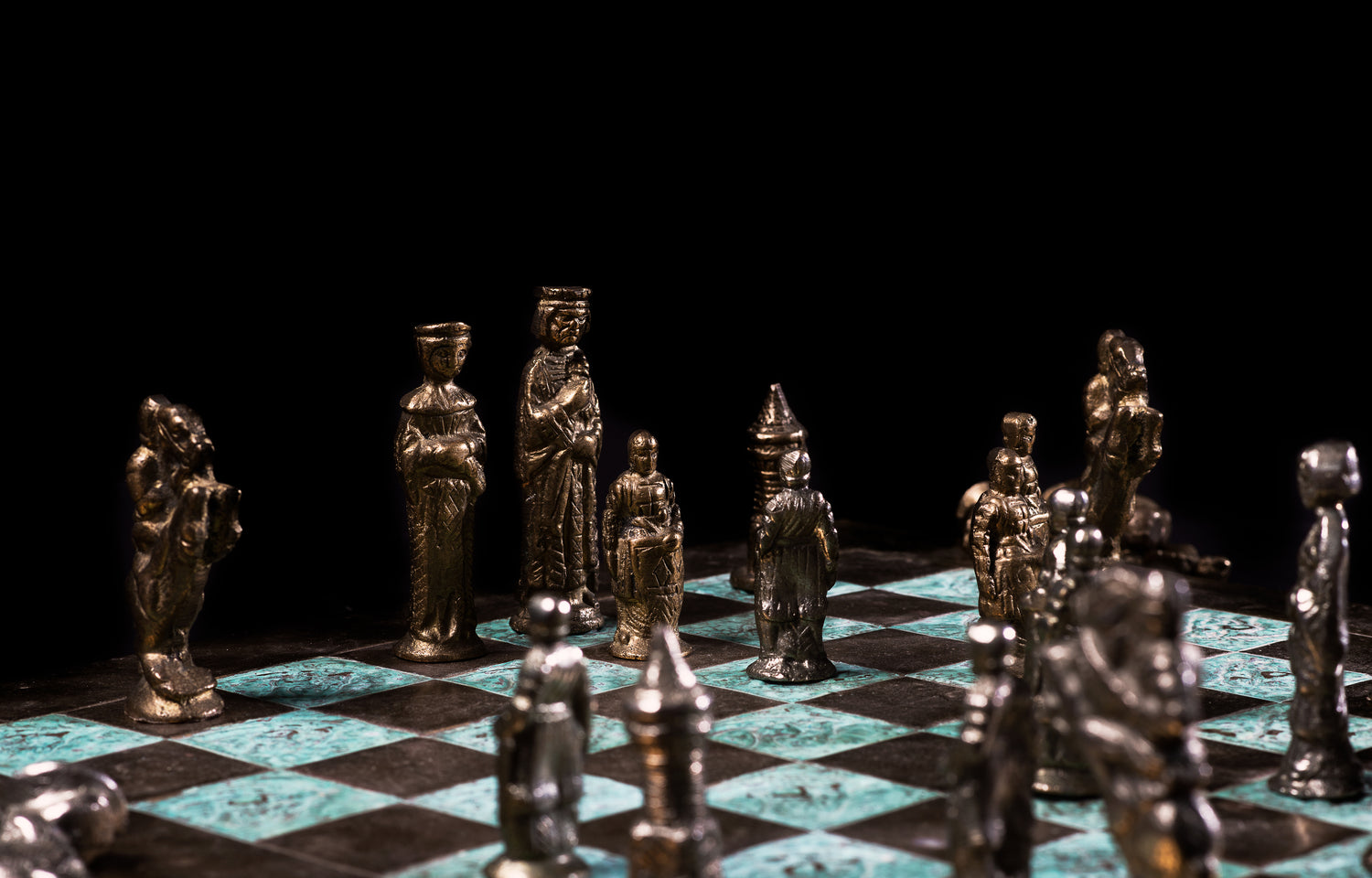Chess, a game of strategy and intellect, has been enjoyed for centuries. While the game itself remains constant, the tools of engagement—the chess boards and pieces—have evolved over time. Among the various types of chess boards available, wooden chess boards stand out for their timeless elegance, durability, and the sense of tradition they evoke.
The Allure of Wood: Why Choose a Wooden Chess Board?
Wooden chess boards are more than just playing surfaces; they are crafted pieces that reflect the quality and heritage of the game itself. Here’s why they remain a popular choice among chess enthusiasts:
- Aesthetic Appeal: Wood offers a natural warmth and beauty that other materials simply can't match. The grain patterns, the polished finish, and the rich colors of different woods contribute to a visually appealing board that enhances the overall chess-playing experience.
- Durability: High-quality wooden chess boards are built to last. With proper care, they can withstand years of use and become cherished heirlooms passed down through generations. The robustness of wood ensures that the board remains a reliable playing surface, resistant to wear and tear.
- Tactile Experience: The feel of wooden pieces on a wooden board is a sensory delight. The smooth, solid texture of the wood adds a tactile dimension to the game, making each move more deliberate and satisfying.
- Traditional Significance: Wooden chess boards are steeped in tradition. They evoke images of classic chess matches and historical figures who have played the game. This connection to the past adds a layer of depth and meaning to the chess-playing experience.
Types of Wood Used in Chess Boards
Different types of wood offer varying aesthetics and properties. Here are some popular choices for wooden chess boards:
- Walnut: Known for its rich, dark color and beautiful grain patterns, walnut exudes elegance and sophistication. It's a popular choice for high-end chess boards.
- Maple: Maple offers a light, clean look with a fine grain. It's often used for the lighter squares of a chess board, providing a striking contrast to darker woods.
- Rosewood: Rosewood is prized for its reddish-brown hue and intricate grain patterns. It's a durable and luxurious option for chess boards.
- Sheesham: Also known as Indian rosewood, sheesham is a versatile wood with a golden-brown color and distinctive grain. It's a sustainable and attractive choice.
Craftsmanship: The Art of Making a Wooden Chess Board
The creation of a wooden chess board is an art form that requires skill, precision, and attention to detail. Skilled artisans carefully select the wood, cut and shape the squares, and join them together to create a seamless playing surface. The board is then sanded, polished, and finished to enhance its beauty and protect it from damage.
Caring for Your Wooden Chess Board
To ensure that your wooden chess board remains in top condition, it's important to care for it properly. Here are some tips:
- Cleaning: Wipe the board regularly with a soft, damp cloth to remove dust and dirt. Avoid using harsh chemicals or abrasive cleaners.
- Polishing: Apply a wood polish or oil periodically to maintain the luster of the wood and protect it from drying out.
- Storage: Store the chess board in a cool, dry place away from direct sunlight and extreme temperatures.
- Protection: Use a chess board cover or case to protect the board from scratches and other damage when not in use.
Conclusion
In a world of mass-produced items, wooden chess boards stand out as symbols of craftsmanship, tradition, and enduring quality. Whether you're a seasoned chess player or a beginner, a wooden chess board is a worthy investment that will enhance your enjoyment of the game for years to come. The primary keyword, 'wooden chess boards', should be considered when purchasing a board and is a timeless choice.

